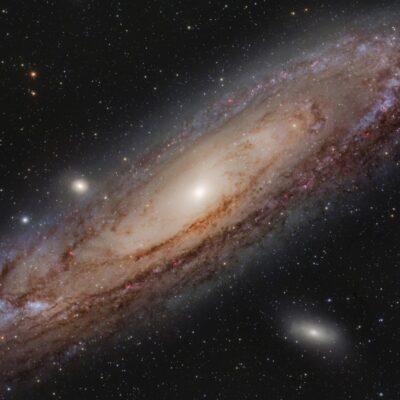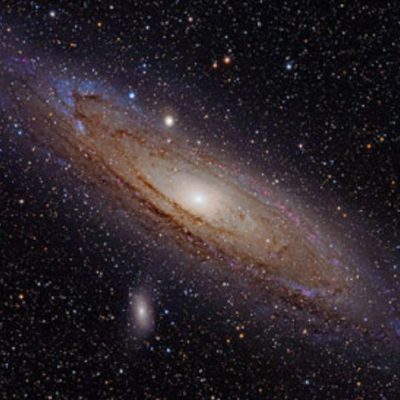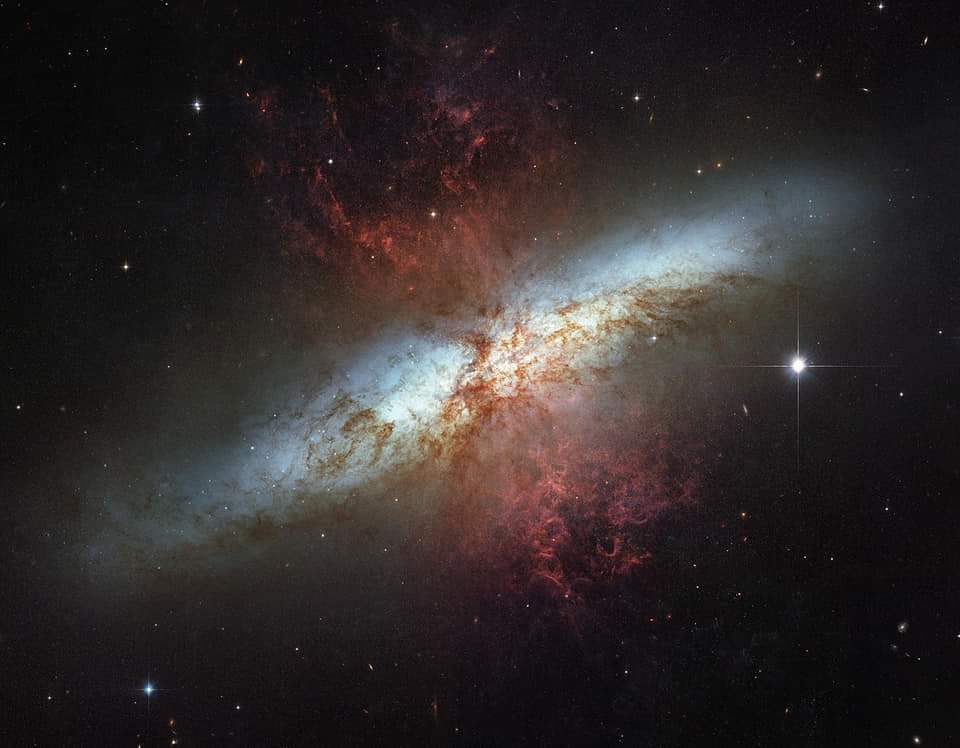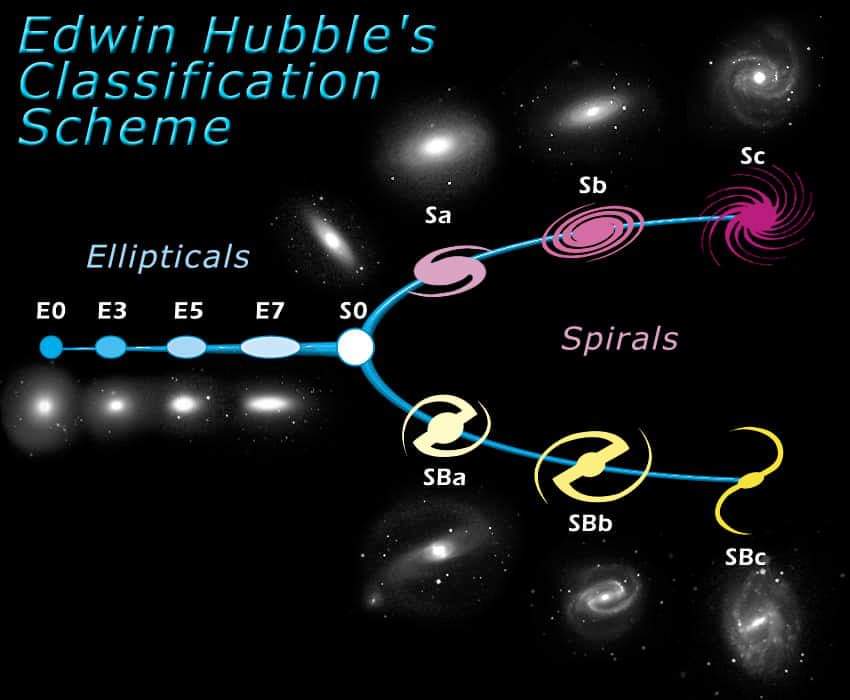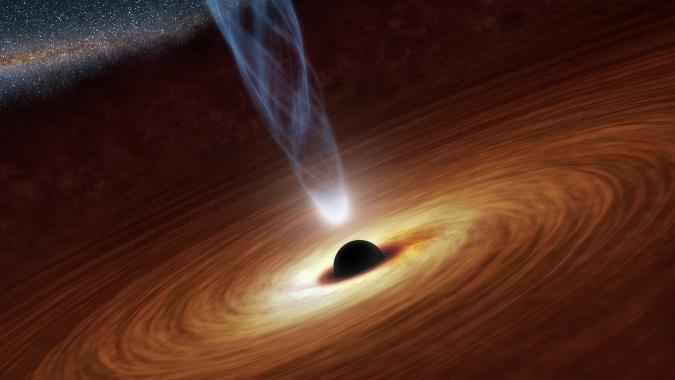Andromeda Galaxy
The ‘Andromeda Galaxy’ is the farthest celestial object that can be seen with the naked eye from Earth.It is scientifically known as M31 and NGC224.380 million years after the beginning of the universe, That means the Andromeda Galaxy was created 1000 million years ago.While there are ten billion stars in our galaxy, the Milky Way,…

